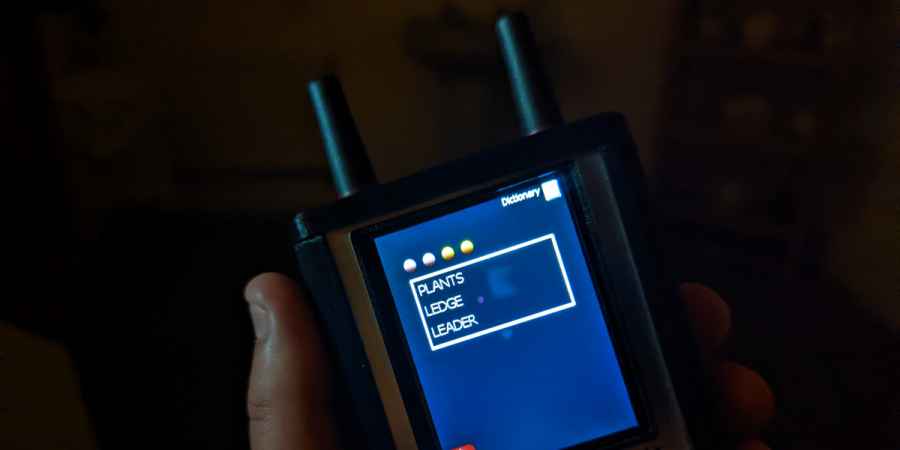

If you've ever been on a ghost hunt, then you'll be aware of the wide array of ghost hunting technology and apps that are used. The way these devices work varies and can include simple electromagnetic field detectors that beep or flash when they detect an anomaly, through to more complex technologies such as the SLS camera, which maps spirits as stick figures.
One common technology that has become the backbone of several types of electronic devices, as well as many software applications, is the use of digital databases of words and phonemes. Loosely termed "word bank communication," it is said to allow spirits to communicate by selecting words, phrases, or phonemes from a pre-loaded library. These selections are based on readings from the device's environmental sensors or direct interaction with the device.
Word bank communication is used in tools like the Ovilus, a handheld device that contains a list of words triggered by changes in environmental sensors, and apps for smartphones and tablets like EchoVox that operate on phonemes that can be combined to form words and sentences.
The devices and apps that offer word-bank communication typically use environmental sensors to detect changes that are thought to be caused by spiritual activity. For example, changes in electromagnetic fields (EMF) can be measured by a device with an EMF sensor or by using a phone's magnetometer, which is typically built into smartphones for compass functionalities, but paranormal apps repurpose them to measure EMF levels.
Changes in the ambient temperature are another factor that's used to influence words. The temperature can be measured by sensors in physical ghost hunting devices, but smartphones generally do not include temperature sensors. Other measurable environmental factors might include the intensity of light in the environment, atmospheric pressure, humidity, and vibration.
The signals from the sensors are then converted into human-perceivable words or phrases that are either displayed on screen or spoken aloud using electronic speech synthesis. Exactly how this works is a closely guarded secret of the makers of these tools, but there are only a few ways this could possibly work, which all rely heavily on the assumption that spirits are both capable and willing to interact with electronic devices in a meaningful way.
Word/Phrase Database Tools
Many devices, like Ovilus, use a built-in dictionary of words or phrases and create a relationship between anomalous measurements and specific words in the database. This would mean that when a device or app detects an environmental anomaly, it triggers a response based on a specific measure of that anomaly. For example, if the device detects a specific EMF reading, it might be programmed to associate that reading with a particular word or phoneme in its database. The idea is that spirits might be capable of deliberately causing these environmental changes to communicate specific messages. If this method is used, then it would mean that every word output by the device is direct and meaningful communication from a spirit, assuming it was able to pick the correct word from the database.
Another possibility is that the app or device randomly selects words from its database in the hopes that this might be influenced by spirits. In this method, the detection of an atmospheric anomaly triggers the random selection of a word, but the belief is that spirits have the ability to influence the random nature of these selections to pick the words to communicate their message. This approach might result in a higher chance of random words being presented as spirit responses.
A final approach is to look for statistical anomalies in continuous random generation. Here, the device or app would continuously generate words randomly from its database without displaying them immediately to the user, but instead monitors for statistically unlikely patterns, such as the same word appearing multiple times in succession. Only when an unlikely pattern occurs does the device alert the user and display the repeated word or sequence of words. This is based on the assumption that such a rarity could be influenced by spirits trying to communicate.
Depending on the device or app's design and capabilities, the selected words or phrases are shown on the screen in real-time. Some devices, like the Ovilus, have text-to-speech capabilities, allowing them to audibly articulate the words through a speaker as well as display them on the screen. This allows investigators to see or hear the words that the device outputs in real-time, providing immediate feedback during an investigation.
Phonics-Based Tools
In phonics-based tools, like the app EchoVox, it's not possible to display the word on screen because the app or device doesn't have a dictionary of any kind built in. Instead, it relies on a database of phonemes, the basic units of sound in a language that distinguish one word from another. In English, there are 44 phonetic sounds that make up the words. With these 24 consonant sounds and 20 vowel sounds, any English word or phrase can be produced.
Phonics-based tools use these phonemes as the raw material for spirit communication instead of providing pre-formed words or phrases. Unlike the tools that use complete words or phrases, phonics-based tools function by playing a continuous, rapid shuffle of phonemes. It's believed that spirits can interact with the device in order to affect the random nature of this shuffle and select the phonemes they need to form the words or phrases they are trying to communicate.
The random generation of the phonemes could be purely random or might be based on the input from the device's sensors. It may also use the method described above to look for statistical anomalies in random generation and play only the phonemes that were chosen through statistically unlikely results. Investigators listen to these sounds as they occur and attempt to discern any meaningful words or phrases that seem to be formed by the combination of these sounds.
Advertisement ‐ Content Continues Below.
Understanding The Mechanism
So far, this also sounds quite scientific and plausible. These devices simply monitor environmental conditions and convert anomalies into words. For example, a +0.1 milligauss change picked up by an EMF sensor might hypothetically be programmed to trigger the word "murder."
In order for the spirit of a deceased human to know how to effectively use this system, they would have to have knowledge of how these devices interpret various environmental inputs. This includes understanding the complex concepts of modern electronics, programming, and sensor technology.
Spirits would need the ability to produce very specific changes in environmental conditions that correspond to the device's or software's programming. This might involve not only the ability to perceive the current environmental baseline but also the precision to alter it in just the right way.
Some suggest that spirits might interact with devices on an intuitive level. This could mean that spirits are not consciously choosing specific words but rather influencing the device in a more general sense, and the device interprets these influences as best as it can. Or perhaps spirits learn how to influence devices over time through trial and error. A spirit might observe how different types of manipulations affect the device's output and adjust their attempts to communicate accordingly.
Use In Paranormal Investigations
During an investigation, a word-bank-based device or a smartphone or tablet running a software version is placed in an area of suspected paranormal activity, often alongside video and audio recording equipment to capture any potential communications. To avoid false positives, the device should be placed on a solid surface, away from sources of interference, and left static throughout the session.
The session often begins with a round of introductions or an opening statement, acknowledging the presence of any spirits and inviting them to communicate. Questions are asked aloud, aiming to provoke responses from any spirits present. Questions might be direct to start with, such as "Is there anyone here with us?" Investigators might then move on to more specific queries like "Can you tell us your name?"
Based on the responses received, investigators might alter their questions or repeat them to confirm the responses. For instance, if the word "child" appears, they might ask, "Are you a child?"
Challenges
The effectiveness of word-bank-based technology in paranormal investigations has been debated by skeptics. One of the most common criticisms is that many of the words or phrases produced by these devices appear to be random and not contextually relevant to the situation. Skeptics argue that the few occasions where the outputs seem meaningful are simply coincidences. The human tendency to notice and remember hits while ignoring misses - a cognitive bias known as the "confirmation bias" - can make these few relevant instances seem more significant than they are.
The interpretation of results from these devices heavily relies on the subjective judgment of the investigators. The potential for pareidolia, where people see patterns or hear words where none exist, is significant. In the case of paranormal tools that string together phonics to create words, this can manifest as incorrectly perceiving random phonemes as meaningful words or phrases.
There is also concern about the commercial motivation behind many of these devices. They are often marketed to enthusiasts and investigators without much disclosure about the limitations and potential non-paranormal explanations for the phenomena they detect. This can lead to a situation where the expectation of contact overshadows a critical evaluation of the tool’s effectiveness.
Testing The Ghost Hunting Tools App In Historic Locations
The Ghost Hunting Tools app, available on Android and iPhone, is advertised as an entertainment-only tool, but many users claim it provides uncannily accurate results. To investigate these claims, I conducted an experiment using the Android version named 'Ghost Hunting Tools (Simulation)', which explicitly states it is not a real ghost hunting tool. Despite this, user reviews often treat it as legitimate, suggesting a deep belief in its efficacy.
To test the app, I pre-recorded its outputs in a controlled environment, then played back the same recording at two historically significant locations: Bradford on Avon in Wiltshire and the "plague village" of Eyam in Derbyshire. Each location has its own rich history and associated ghost stories, providing an ideal backdrop for this experiment. Words like "catch" appeared relevant in both contexts - near a fishing spot in Bradford and in relation to the plague in Eyam. This outcome highlights how the interpretation of random words can be heavily influenced by the setting and the observer's expectations, underscoring the subjective nature of such ghost hunting tools. Despite the app's disclaimer, the experiment reveals how easily users can perceive random outputs as meaningful, especially in evocative settings.
More Essential Parapsychology
See All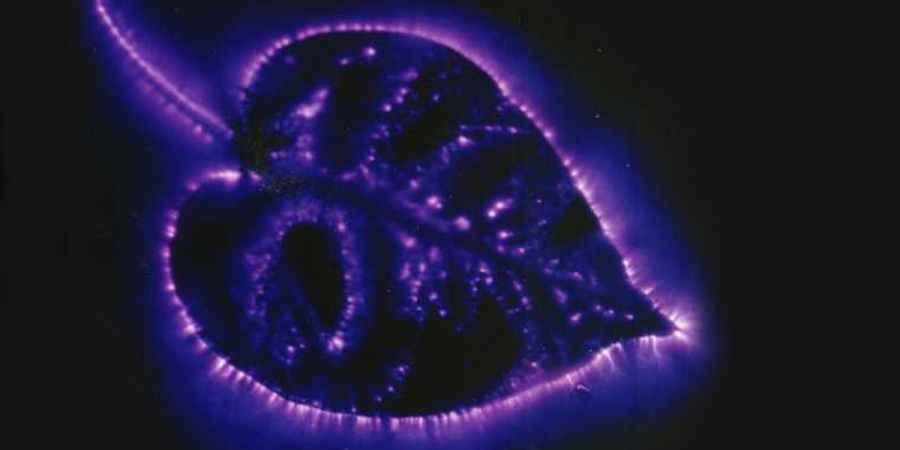
ArrayOctober 11, 2024
The Reality Behind Kirlian Photography’s Glowing Auras

ArrayOctober 07, 2024
Could Retroactive Psychokinesis Allow Us To Influence The Past?

ArrayOctober 05, 2024
What Spontaneous Cases Are & Why Parapsychologists Research Them
Learn With Higgypop
Hosted by Paralearning in association with Higgypop, these courses on ghost hunting, paranormal investigations, and occult practices draw on the experience of our team of paranormal writers.

Diploma In Modern Demonology For Paranormal Investigators
This course gives you practical and useful knowledge of ghost hunting and paranormal research, which is invaluable when conducting your own paranormal investigations or as part of a group event.
View Course
Diploma In Capturing & Analyzing Electronic Voice Phenomenon
This course gives you practical and useful knowledge of ghost hunting and paranormal research, which is invaluable when conducting your own paranormal investigations or as part of a group event.
View CourseMore Like This
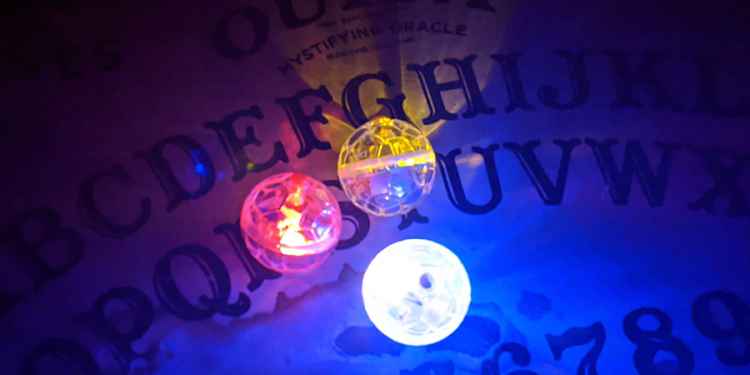
Ghost HuntingJanuary 26, 2025
These Are The Ghost Hunting Gadgets You Should Avoid If You Want To Be Taken Seriously As An Investigator

GamesDecember 09, 2024
Poltergeist Quiz
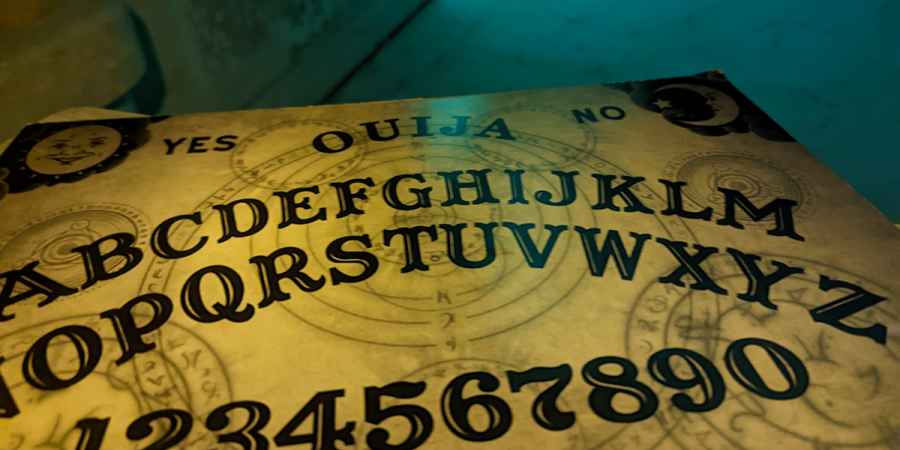
GamesDecember 08, 2024
Ouija Board Trivia Challenge

GamesDecember 04, 2024
Fakes, Hoaxes & Debunked Paranormal Claims Quiz
 See More on Audible
See More on Audible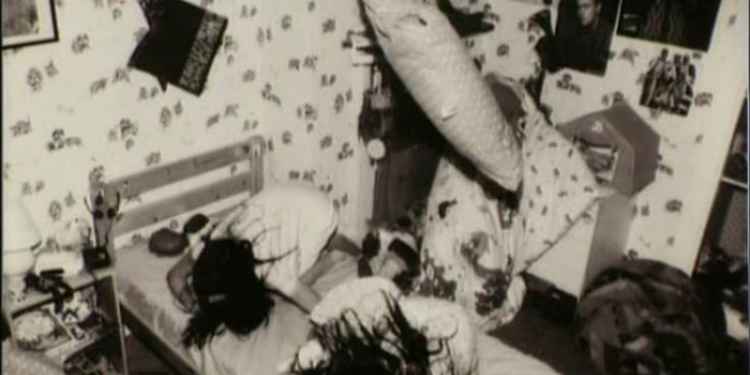

Comments
Want To Join The Conversation?
Sign in or create an account to leave a comment.
Sign In
Create Account
Account Settings
Be the first to comment.